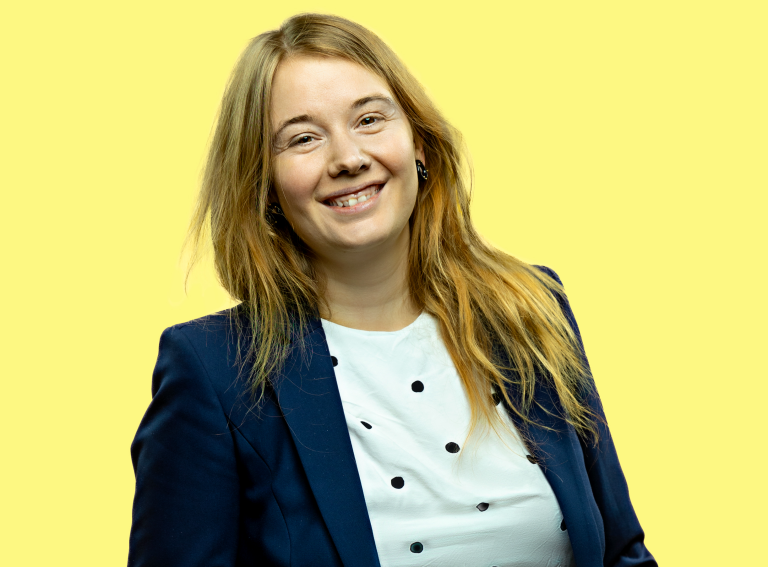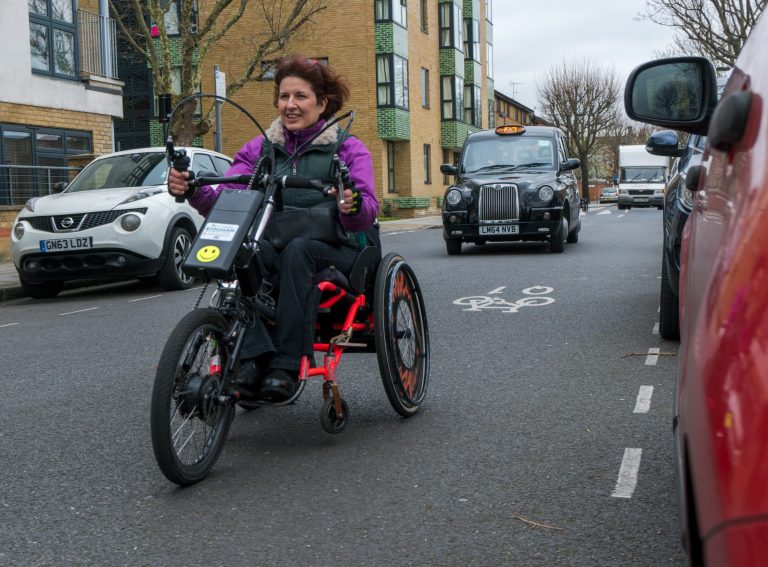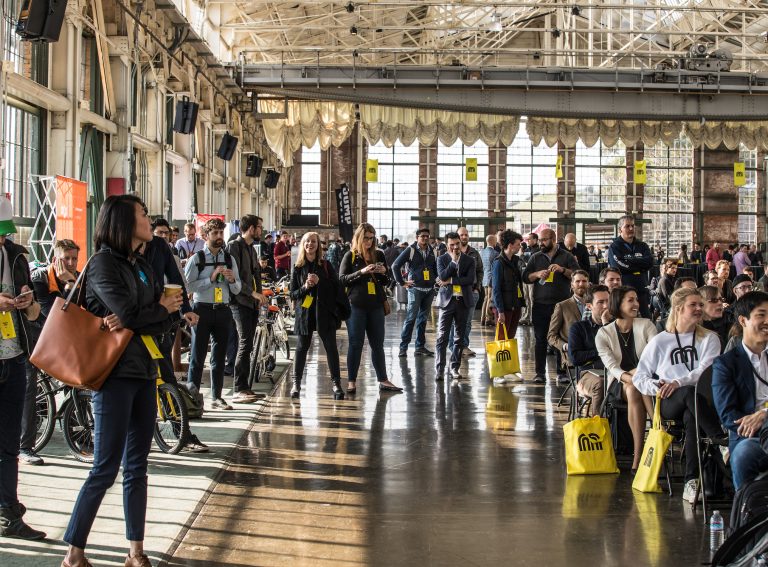Over the last few months it is safe to say the new mobility industry has been going through a bit of a rough patch. First, Superpedestrian closed its doors 18 months after raising $125m in new funding. Next was Micromobility.Com which was delisted from Nasdaq for failing to maintain a share price above $1. Then came the largest shockwave of all – Bird, the company which was once one of the fastest startups to reach a $1 billion valuation, filed for bankruptcy.
Zag expert Lars Grødem-Olsen interviews Olaf Sakkers – Partner and Co-Founder at mobility venture investment firm RedBlue Capital – to get his take on what’s been going on.
Born in South Africa, Olaf is a Princeton graduate who helped grow Maniv Mobility into a leading global VC fund, and is also author of Mobility Disruption Framework, a book seeking to unpack the rapid transformation happening in the mobility industry through the lens of microeconomics.
Zag Daily: A lot has happened since ‘Mobility Distribution Framework’ came out in 2021 including some notable failures in the space. Can you talk a bit about that?
Olaf: “A lot of recent events have been continuations of trends. Bird and Superpedestrian are more signs of the inherent difficulties in the shared micromobility sector. It’s a growing industry with a really bad success rate.”
Zag: Why do you think that is?
Olaf: “Failures from regulators, investors and operators in understanding the dynamics. I also think the public is irrationally intolerant of micromobility. People have this weird aesthetic reaction to seeing scooters take up sidewalk space, even though cars take up 80% of the thoroughfare.”
Zag: What were some of the mistakes you saw from investors?
Olaf: “It’s a spectrum of errors. The market is under-investing now, as a reaction to over-investing. There were a lot of bullshit ideas that got funded during that speculative boom around new ways to manufacture vehicles, forgetting the last 100 years of lessons on how hard it is to build a car company. People will look at Tesla, forget how hard it was for them, and assume everybody else can also do this really quickly.
“Bird was funded like a SaaS company, even though it’s an asset heavy, hardware business that works with regulators. Its high valuation made the cost of capital more difficult, and it was funding rapidly depreciating assets. They also made some political errors, and were pushed out of Paris even before scooters were banned.”
Zag: You mentioned under-investing. How is that playing with zero-interest rate policies and inflation on the investing side?
Olaf: “Rising interest rates coupled with a correction has led to higher cost of capital, but also less movement in capital. The net result is less money for startups, especially asset-heavy ones like WeWork or Bird. Meanwhile, Uber, DoorDash, and Instacart used cheap financing from ZIRP to fuel growth, and are now switching focus to profitability.”
Zag: Uber and DoorDash are interesting because their appeal isn’t necessarily a diverse offering, but an asset-light model and a clear path to profitability. Would you agree with that?
Olaf: “People are willing to pay a certain price for convenience. Once people adopt a new habit, like ordering your food to the suburbs on DoorDash, it tends to stick. If the price goes up 30%, that’s going to be weighed against the convenience they’re used to having. You wouldn’t have made that transition if you hadn’t been invited, but once it changes, it’s hard to change back, so these habits were worth investing in and can be monetised.”
Zag: You talk a lot about the trip economy, or the shift from buying vehicles to paying for trips.
Olaf: “It’s like being Galileo, convinced of something that seems self-evident, but at a time when everybody is intolerant of non-believers. It’s frustrating because once you see it, you understand how much more efficient it is in terms of pricing and regulation.
“The United States is the wealthiest society in the world, and 40,000 people a year die from traffic accidents, not to mention lives wasted in traffic congestion. People just accept that when you’re trying to cross the road in London or Berlin, you have to watch out for cars or they will kill you. We train our children to accept that there’ll be life threatening hazards in the middle of where we live. Why is everybody so bought into this broken system?
“There are a lot of things that are great about cars. Norway isn’t dense enough to not rely on cars. People take road trips with their kids even though it takes twice as long as flying. There is value to the ownership economy, but it has been over-mandated. We’ve created an expectation that roads will be built and parking will be guaranteed.”
Zag: What are some of the obstacles to changing this stance?
Olaf: “New York City should have a great transit system, but building new railway lines is two and a half billion dollars a mile, which is insane. There is also a very strong intolerance for change. Young kids driving scooters really fast is dangerous and offensive, but they can drive in a car with a loud engine and that is somehow less offensive.
“Another great example is autonomous vehicles. We have a really high bar if even one person dies, even though tons of people die in traffic accidents with human drivers. The difference is that car drivers are not going to get any better, whereas autonomous vehicles will.”
Zag: Are there ways to change the system without public support?
Olaf: “Why doesn’t New York City have two avenues dedicated to bike lanes instead of cars? The amount of people you can put through an avenue in cars is very low. The throughput of bikes is much higher. The people who own cars are wealthier, better-connected and have a slew of ways to push for their interests. The people who ride bicycles are immigrant delivery drivers, students, poor people who can’t afford cars. An organised coalition of car owners can make initiatives like turning even one avenue into a bike lane politically inconceivable.
“Paris is a really good example where you have an opposite dynamic because the inner part, Ville de Paris, is the domain of Anne Hidalgo. The greater Paris area is not, so she’ll do things that enrage people in the outskirts, like building lots of bike lanes.”
Zag: The founder of Jump reflected in 2020 on whether blitzscaling in shared micro was a mistake. What do you think?
Olaf: “Regulators were unprepared when Uber crashed through and created this new reality. Scooters tried to follow that playbook, but people felt they were messy and taking over the public sphere. Ideally, shared micromobility is part of the fabric of cities and transit infrastructure, shared and collectively owned by people. Right now, they’re being treated as an invasive species. If that was a consequence of blitzscaling, it was a mistake, but I don’t know a better way that these companies could have scaled. From a competitive perspective, you needed to move faster or you weren’t relevant.”
Zag: Are there models that exist for a better balance?
Olaf: “Trip economies are really taking off in emerging markets because you don’t have an incumbent car ownership economy. We recently invested in a company that does electric motorbikes for Africa. In Nairobi, most people commute on motorbikes and there’s a delivery vertical that’s grown rapidly over the last two years. Bolt and Uber on motorbikes are also massive across Africa.
“In India, we invested in a company that produces one-ton electric delivery trucks, and are working with IKEA, and Flipkart which is owned by Walmart. Government regulations are pushing towards less polluting vehicles in cities like Delhi. All these countries going through rapid development are usually too dense for cars to actually be a good solution. New trip economy services are very valuable and naturally easier to adopt.”
Zag: It seems like the trip economy is well suited for areas like India where services are available and labour is cheap. How can this model be scaled profitably in more expensive markets?
Olaf: “The primary cost input is people. In India, where labour costs are very low, the trip economy is quite viable. If you can create an autonomous vehicle that works, the cost of labour is negligible, because it’s code and scalable. This is one way I think developed markets could rapidly transform into more of a services model.
“Waymo has also just started airport rides and is rolling out in LA. As they become more trusted, they can start doing more interesting things.”
Zag: There are so many aspects to the trip economy. It feels like a topic we can talk about forever.
Olaf: “The framework is a bit like understanding some theory of macroeconomics. It makes sense in general, but what really matters is how well it explains a specific circumstance, or allows you to make better decisions. The biggest criticism I’ve gotten from the people at Ruter (the Norwegian PTA) was not having a plan for transforming the system. The actual process is complicated. What is the right trade-off between parking space for scooters? I feel personally like they should be everywhere, but regulators probably can’t do that. All these questions are quite interesting, but the broad framework is useful as a starting point.”





